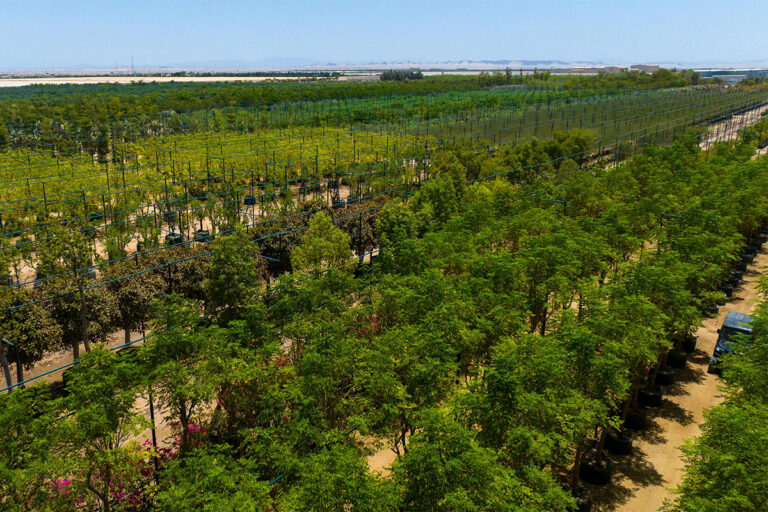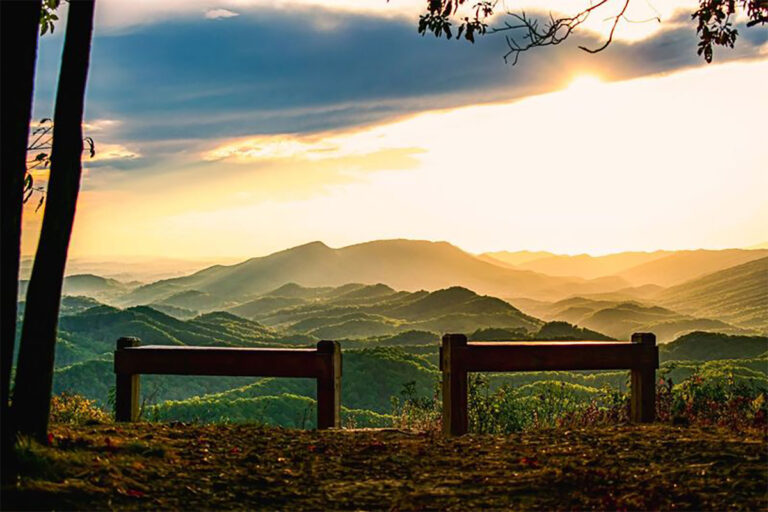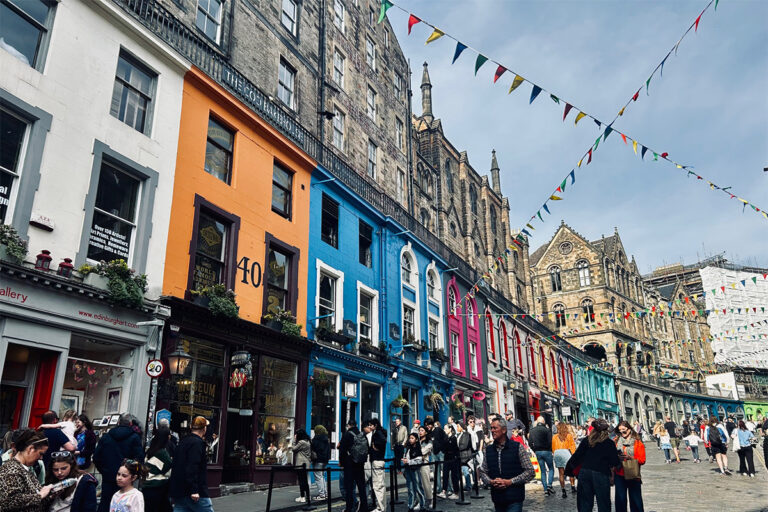Buzz holds a fireside chat with Tete Bezerra, President of the Brazilian Tourist Board, EMBRATUR.
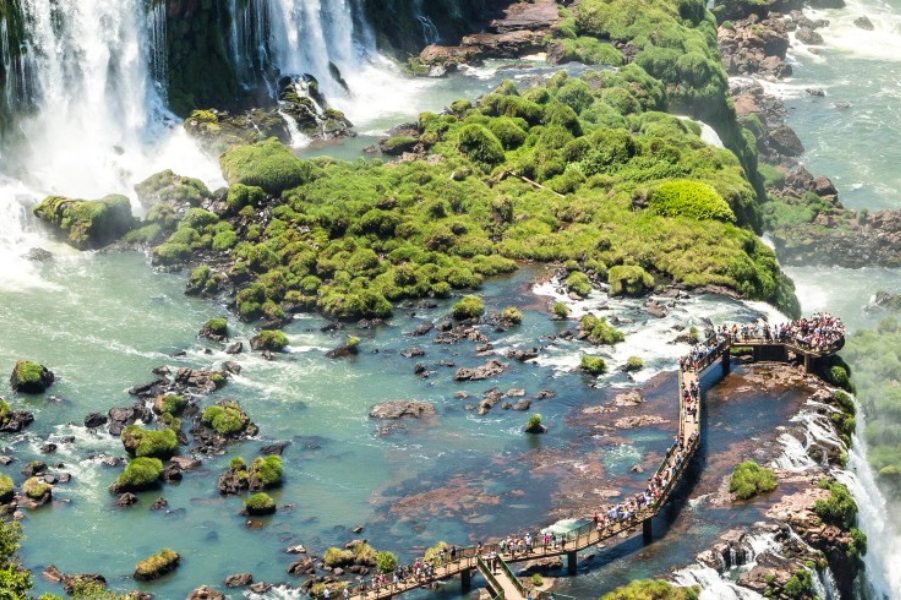
How can Embratur help Brazil increase its competitiveness in the global tourism market? What will you do to increase international promotion?
Brazil is ranked 27th in the Travel and Tourism Competitve Report released by the World Economic Forum which looks at 14 dimensions of tourism and compares 136 countries. Brazil is first in the world in terms of natural resources and 8th in culture. Nature together with the Brazilian people is one of our main strengths. A Tourism Ministry survey showed that the number one for international tourists during the World Cup and the Olympics was the warmth of the Brazilian people. There is a freshness in Brazil with regards to attitudes and optimism that make us unique.
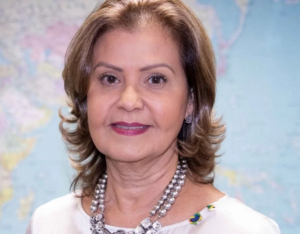
The Brazilian Tourism Board is also fighting for internal changes that will contribute to the tourism grown. By transforming Embratur into an autonomous social service we can enhance our performance abroad and allow for more agility in partnerships with private initiatives. Our objective is to attract more visitors, strengthen the tourism sector and, consequently, to restructure the Brazilian economy.
At a national level, by promoting and supporting the commercialization of Brazilian tourism abroad, we can generate employment and income and contribute to the economic and social development of the country. In an international context, with more resources, it will be possible to invest better in marketing and events, and strengthen relationships with the press, travel agents, tour operators and tourists.
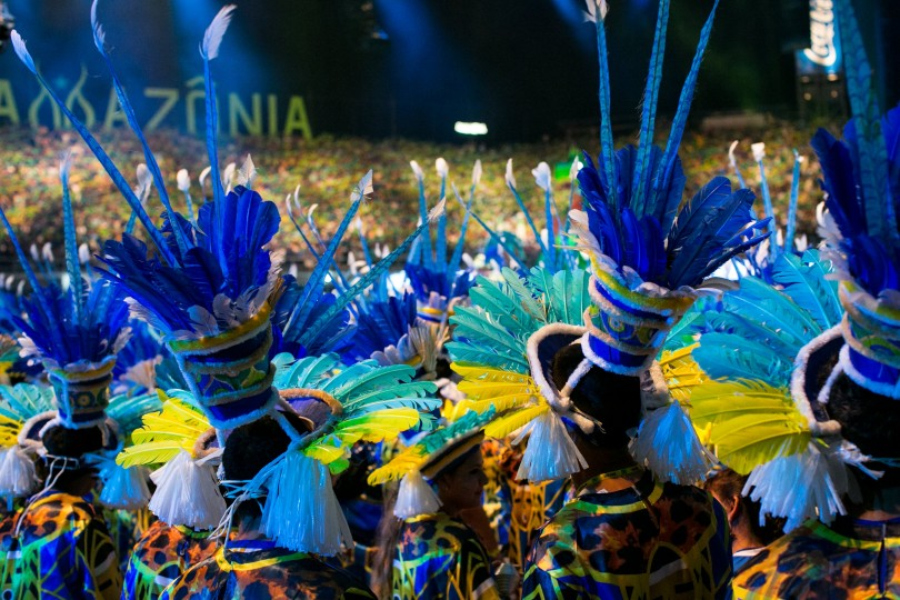
What has been the legacy for Brazilian tourism of the 2014 World Cup and 2016 Olympic Games?
Following a series of mega-events held in Brazil, (the Pan-American Cup in 2007, followed by Rio+20, World Youth Day, the Confederations Cup, the World Cup and the Olympic Games), the country has benefitted from ample exposure to the outside world and the building of both basic and touristic infrastructure. In total, the eyes of 5 billion spectators worldwide were on Brazil during Rio 2016. It was a unique opportunity to show Brazilian destinations that have less global visibility.
Total investment in the Olympic Games was 11 billion dollars, 57% from the private sector and 43% from the public sector. For every R$1 invested in sports facilities, another R$5 were spent on projects for the city that shall remain as a legacy for locals and tourists. Hosting the World Cup in 2014 helped to create a new record to Brazil in terms of international currency and brought in $1.578 billion in foreign currency during the tournament.
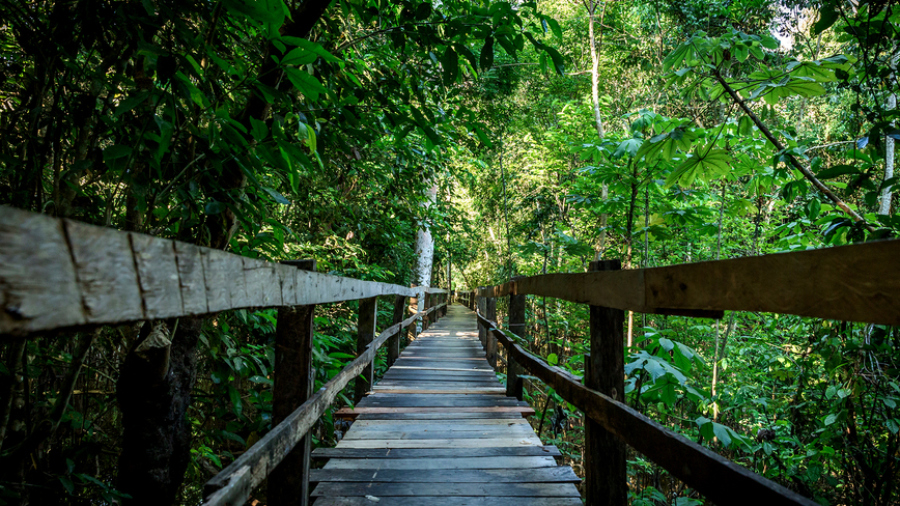
Which tourism destinations in Brazil do you think have most potential, apart from Rio de Janeiro? What is the potential of the Pantanal?
Our main assest is nature. Brazil ranks top among the 40 most beautiful countries in the world and we are the richest in ecosystems. According to the World Economic Forum, this puts us ahead of 140 countries as the one with the greatest potential to develop tourism.
As the largest tropical wetland on the planet, the Pantanal has huge potential for nature tourism. With an area of 250 thousand km², it includes mainly Brazil, but also Bolivia and Paraguay. This virtually wild paradise has cataloged thousands of species of animals and plants, some of them found only in this biome.
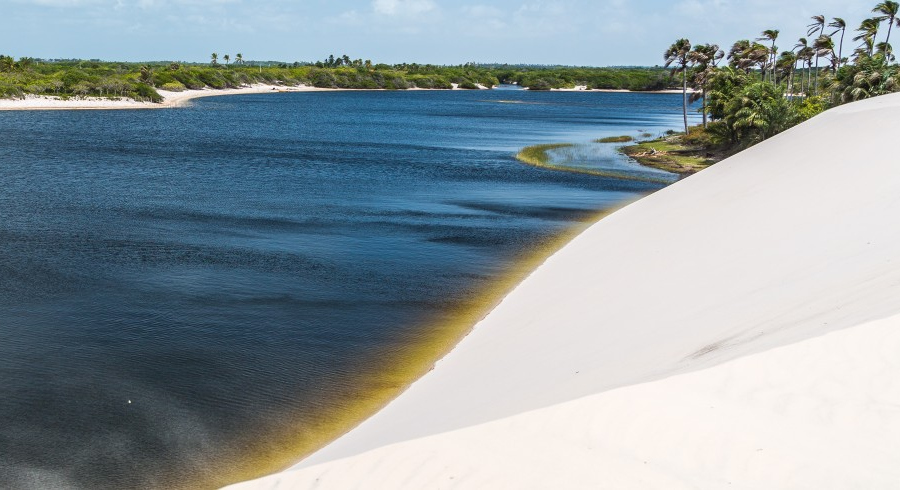
What do you think is the potential of eco-tourism in Brazil, especially in the Centro Oeste and Norte (Amazon) regions? How will Brazil promote these destinations?
Embratur has been working intensely to create a digital presence aiming to provide easy, accessible and accurate information to visitors about Brazil. We are working on content sharing across our social media channels and digital influencers are now playing an important role in the way we are promoting Brazil internationally.
Through workshops, roadshows and online trainings. We are also focusing on tour operators and increasing the number of operators that are qualified to promote Brazil with excellence.
For those who want to escape the buzz and are looking for a more relaxed holiday, an ecotourism tour is a good option. August and September during the dry season is the best time to visit the Amazon—the water level in the river is at its highest and the weather is mild and clear. Head to the gateway city of Manaus and travel by riverboat or hike between jungle lodges.
With our beautiful scenery and parks, Brazil ranks first in terms of using its natural resources to boost tourism and our unique and vibrant culture means we can offer so much more as a destination![]()






